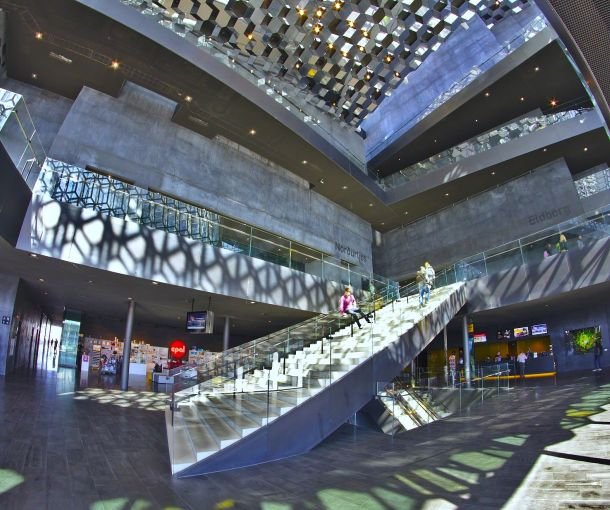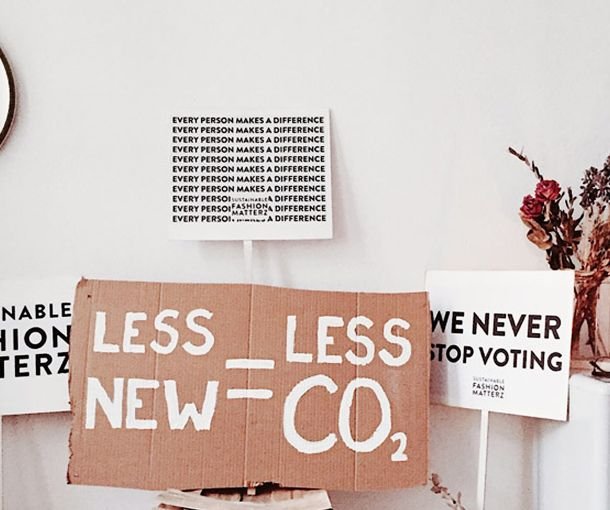Ocean Macroalgae and Carbon Sequestration: Current Research and Experimental Endeavors

The urgency to mitigate climate change has led to exploring innovative carbon sequestration methods. Ocean macroalgae, due to their rapid growth rates and extensive biomass, have emerged as a potential solution for carbon dioxide sequestration in marine environments. This scholarly article reviews current research, projects, and experiments focused on utilizing various kinds of ocean macroalgae for carbon sequestration.
The ocean plays a critical role in the global carbon cycle, with marine plants, including macroalgae, contributing significantly to carbon sequestration. Macroalgae, or seaweeds, are large, photosynthetic algae that can absorb CO2 and potentially lock it away in marine sediments. This article provides an overview of the present-day research and experimental projects exploring the application of various kinds of ocean macroalgae in carbon sequestration.
Research and Experiments in Macroalgal Carbon Sequestration
Kelp Forests as Carbon Sinks
Current Studies
Kelp forests are being studied for their ability to sequester carbon. Research projects in the Pacific Northwest of the United States and off the coast of Tasmania, Australia, are examining how kelp absorbs CO2 and the potential for long-term carbon storage in deep-sea sediments.
Experimental Approaches
Researchers are experimenting with kelp cultivation techniques to maximize growth rates and biomass, thereby enhancing CO2 absorption. These projects involve monitoring kelp growth, carbon uptake, and the eventual deposit of kelp detritus on the ocean floor.
Blue Carbon Projects
Mangrove and Seagrass Integration
Blue carbon projects integrate mangrove forests, seagrass meadows, and macroalgae. For example, in Indonesia and the Philippines, conservation efforts are focused on these ecosystems to maximize carbon sequestration. Research shows that the integration of macroalgae with mangroves and seagrasses can enhance overall carbon storage.
Carbon Accounting Methods
Efforts are underway to develop reliable methods for quantifying the carbon sequestered by these ecosystems. This involves measuring biomass, growth rates, and carbon content in various types of macroalgae.
Carbon Sequestration through Algal Blooms
Controlled Algal Blooms
Some projects are exploring the possibility of inducing controlled algal blooms to absorb atmospheric CO2. For instance, the Ocean Nourishment Corporation is conducting experiments where nutrients are added to ocean waters to stimulate the growth of phytoplankton and macroalgae, thereby increasing CO2 absorption.
Impact Assessment
These experiments also focus on assessing the environmental impact of such interventions, including effects on marine biodiversity, water quality, and nutrient cycles.
Scaling Up
Current Trends
Presently, macroalgal cultivation is primarily focused on smaller scales, primarily for food, feed, and niche product markets. However, there is a growing interest in expanding these operations for environmental applications, particularly carbon sequestration.
Specific Challenges
- Ecological Balance: Large-scale cultivation can disrupt local marine ecosystems, affecting biodiversity and existing marine habitats.
- Resource Competition: Scaling up requires significant space, potentially leading to competition with fisheries, shipping lanes, and recreational areas.
- Harvesting and Processing: Large-scale harvesting and processing of macroalgae for carbon sequestration poses logistical challenges, requiring significant advancements in marine farming technology.
Roadmap
- Pilot Projects: Implementing large-scale pilot projects to test the feasibility and impacts of expanded cultivation.
- Technological Innovation: Developing advanced cultivation and harvesting technologies that minimize ecological impact.
- Integrated Management: Creating integrated management plans that consider other marine activities and ecosystem health.
Carbon Storage Verification
Current Trends
The quantification and verification of carbon storage in marine environments are still in nascent stages. Emerging methodologies focus on tracking the carbon flow from macroalgae to long-term storage sinks.
Specific Challenges
- Measurement Techniques: Developing reliable methods to measure the carbon sequestered in marine sediments is complex.
- Long-Term Monitoring: Ensuring the permanence of carbon storage and understanding the long-term fate of macroalgal biomass requires extensive monitoring.
- Verification Protocols: Establishing standardized protocols for verification and reporting of carbon sequestration to be used in potential carbon credit markets.
Roadmap
- Research Collaborations: Collaborating with oceanographic research institutions to develop robust measurement techniques.
- Remote Sensing Technologies: Utilizing satellite and drone technology for monitoring and verification.
- Standardization Bodies: Working with international environmental bodies to develop standard protocols and certification processes.
Ecological Impact Studies
Current Trends
There is a growing body of research focused on understanding the ecological impacts of macroalgal cultivation at scale, particularly in relation to biodiversity, nutrient cycling, and water quality.
Specific Challenges
- Unintended Ecosystem Alterations: Large-scale macroalgal cultivation can alter nutrient dynamics and light availability, impacting local ecosystems.
- Species Selection: Choosing species for cultivation that do not become invasive or outcompete native species is crucial.
- Impact on Fisheries: Understanding how macroalgal farms interact with and potentially impact commercial and subsistence fisheries.
Roadmap
- Ecosystem Impact Assessments: Conducting comprehensive assessments of potential ecological impacts before scaling operations.
- Adaptive Management Strategies: Implementing adaptive management practices that can be adjusted based on ongoing environmental monitoring.
- Biodiversity Conservation Plans: Integrating biodiversity conservation into the planning and operation of macroalgal farms.
Policy and Regulatory Framework
Current Trends
The policy and regulatory landscape for macroalgal carbon sequestration is underdeveloped, with few guidelines or frameworks in place specifically addressing this area.
Specific Challenges
- Lack of Specific Regulations: Current marine and environmental regulations may not adequately cover the nuances of macroalgal carbon sequestration.
- International Coordination: Carbon sequestration in international waters presents legal and jurisdictional challenges.
- Incentive Structures: Developing incentive structures, including carbon credit markets, that recognize and reward carbon sequestration efforts.
Roadmap
- Policy Development: Engaging with policymakers to develop specific regulations and guidelines for macroalgal cultivation for carbon sequestration.
- International Agreements: Working towards international agreements and frameworks to manage carbon sequestration efforts in international waters.
- Market Mechanisms: Collaborating with environmental economists and market experts to develop viable carbon credit mechanisms.
Macroalgae offer a promising avenue for ocean-based carbon sequestration. Current research and experimental projects demonstrate the potential of various macroalgae in absorbing and storing carbon. However, challenges related to scalability, ecological impacts, and carbon storage verification must be addressed. With continued research and development, macroalgae could play a significant role in global carbon sequestration efforts and help mitigate the effects of climate change. Macroalgal carbon sequestration may emerge as a viable climate change mitigation strategy, as we address these challenges through targeted research, technological innovation, and policy development for its successful implementation and scalability.


